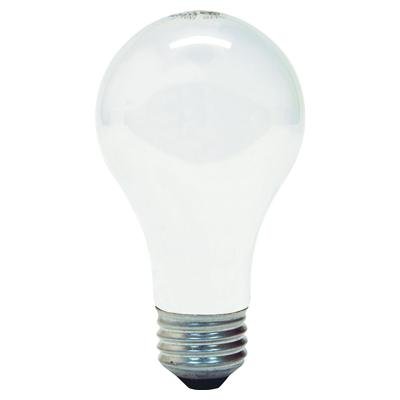How To Calculate Watts For Analyzing Energy Efficiency Projects
In Order To Learn How To Calculate Watts, You First Need To Understand "Watt's" a Watt?
Yes, I know I spelled What wrong above. I will likely get in trouble for the spelling from my wife, the teacher. But it is for a good reason, energy efficiency. First let's define a watt.....
Official Definition of a Watt
watt (wät)
The basic unit of electric, mechanical, or thermal power in the SI and MKS systems, equal to one joule per second or 10 ergs per second ( of a horsepower): for electric power it is equal to one volt-ampere.
OK, that's the official definiton, now let's focus on defining this in a way that makes sense to you. The watt is the starting point for how you are charged for energy, so a watt is tied directly to your wallet.
Lowering Wattage is Key To Improve Energy Efficiency
Taking a few minutes to learn about how watts relate to energy efficiency is an important exercise for those who don't understand electricity. Counting watts is the key to lowering the cost of energy in your home or place of business.
How to Save? It's Simple Math.....Let's Take A Look At How To Calculate Watts...
Most people don't realize that in order to improve energy efficiency, you must how to calculate wattage reduction. This is as simple as a mathematical subtraction problem.
Determining the difference in wattage can have a significant impact. Understanding this concept will help you make more informed buying decisions when purchasing products that use electricity in your home or business.
The 100 Watt Incandescent Bulb vs. The 23 Watt CFL Equivalent
For an example, we are going to compare two bulbs. The images below show a 100 Watt standard incandecent bulb on the left and a 23 Watt compact fluorescent bulb on the right.


Both of the bulbs above are suitable replacements and can be utilized for the same application. While the old style 100 Watt bulb will likely be cheaper to purchase upfront, over time the compact fluorescent will save you money. How much difference?
Finding the Difference in Wattage
This is where the simple subtraction problem comes in. Using the two bulbs above, we utilize the wattages to do a simple mathematical problem.
Take the 100 Watt incandescent and Subtract the 23 Watt Compact Fluorescent and you find a difference of 77 Watts
(100 Watts - 23 Watts = 77 Watts Difference).
With this information we can now determine how much each of the bulbs will cost us annually.
Calculating Kwh
Your likely saying to yourself "but my energy company charges me per kilowatt hour (kwh)". Now the math gets a little more complicated, but still manageable. In order to determine the cost difference between the two, we utilize the wattages to determine the kwh. We do this with the following equation:
Fixture Quantity x Fixture Wattage = Total Watts
Total Watts / 1000 = Kilowatts
Kilowatts x (Hours of Usage) = Kilowatt/Hr
Kilowatt/Hr x (Cost of Energy) = Annual Cost
It Costs How Much?
Let's assume you have the following:
10 Lights (Fixture Quantity)
100 Watt Bulbs (Fixture Wattage for Each) - or -
23 Watt Bulbs (Fixture Wattage for Each)
2000 Hours (Hours of Usage)
$.10 Per Kilowatt/Hr (Average Energy Rate Charged)
How much does it cost annually for 10 - 100 Watt Bulbs?
10 (Fixtures) x 100 (Watts Each) = 1000 Watts
1,000 Watts / 1000 = 1 kw
1 kw x 2000 hrs per year = 2000 kwh (Kilowatt)
2000 kwh x .10 = $200 to operate 10 lamps with 100 Watt Bulbs
How much does it cost annually to operate 10 - 23 Watt Bulbs?
10(Fixtures) x 23 (Watts Each) = 230 Watts
230 Watts / 1,000 = .23 Kw (Kilowatt)
.23 Kw x 2000 hrs per year = 460 kwh (Kilowatt Hour)
460 kwh x .10 = $46 to operate 10 lamps with 23 Watt Bulbs
"Watt's" the difference? $154 Annual Savings
100 Watts - 23 Watts = 77 Watts
-Or-
$200 - $ 46 = $154 Annual Savings
$154 / 10 Bulbs = $15.40 per bulb
Good Return On Investment?
You could spend up to $15.40 per bulb and get 100% payback in the first year.
Many of the bulbs last up to 4 years. If the bulbs pay for themselves in year 1, that gives you 3 more years of savings, or $462 of savings from years 2, 3 and 4.
You invest $154 and in 4 years you get $462 in return. That is a 300% return on your money.
How much would you have in a bank account if you placed it in a regular savings account?
I can guarantee you it won't return 300%, maybe 3%.
"Watt" are you going to buy next time?
Want To Learn More?
Check out our that takes a much more indepth look at how energy efficiency makes sense for most business owners. Just click on the book below....